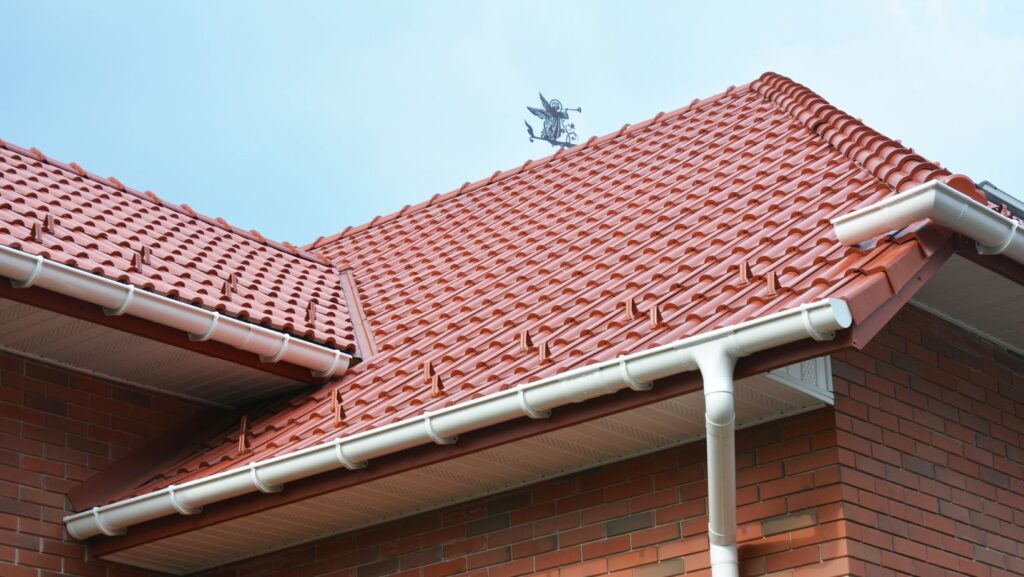Imagine that you opened your basement and found it full of rainwater in the event of heavy rain. A basement that can be easily penetrated or through which water seeps will introduce cracks in the structure of the house, mold growth, and even repair costs. However, waterproofing your house makes these problems no more real and safeguards your expensive assets.
Waterproofing deals with the procedures, which are used to lower moisture levels and protect your house from moisture issues. There are two main types of waterproofing inside and outside, houses are designed to fulfill different purposes. Here knowledge of appropriate use is fundamental to defend you against these and similar methods.
Contents
Table of Contents
ToggleUnderstanding Where Water Enters Your Home
Water can be in your home in different ways. In basements, crawlspaces, roofs, windows, and even gutters can be the common cause of coms. Water coming into the house through cracks in the foundation or improper drainage around the site could be a prelude to vast problems. If neglected these problems can cause structural damage and growth of mold, which could present health concerns and pricey solutions later on. Localizing and possibly identifying the origin of the water influx is a first step toward waterproofing solutions.
Interior Waterproofing: Protecting Your Home from Within
In-wall damp and wetness-related problems can be responded to by the use of interior waterproofing solutions that target moisture occurring from inside the wall. If any symptom of leakage or dampness is noticed inside your basement, then interior waterproofing might be a good option. Common interior waterproofing methods include:
- Sump pumps: These pumps are built in the basement area’s floor and collect the water that has seeped through the foundation. This process overflows the water out from the basement and the house as well.
- Drainage systems: Inside water drain systems take the water out of the wall along the perimeter inside the house and direct it to the sump pump for removal.
- Sealant applications: Whenever sealants are added at the bases of foundation walls, water will truly stay out.
Interior waterproofing tends to work better in the case of existing leaks and it is often employed in conjunction with external solutions for the completeness of protection.
Exterior Waterproofing: Keeping Water Out at the Source
It then emphasizes disrupting the outside flow of water that penetrates the foundation walls, the ideal scenario. With this preventive measure, water will not be able to flow into your home because it has already stopped and may cause water damage. Here are some common exterior waterproofing methods:
- Membrane applications: The waterproof sheet is placed outside the foundation walls on the side which prevents water from infiltrating into the wall via seepage.
- Foundation coatings: The application of waterproof coating directly to the foundation walls can be used to withhold or repel water.
- Proper grading: The drainage must permit the ground to slope as the water always flows from the higher to the lower point. We recommend you take these precautionary measures, to prevent water from pooling around the foundation’s edge and seeping in.
Exterior waterproofing for prevention intercepts water before the interiors of your home are infiltrated by the water.
Choosing the Right Solution: Interior vs. Exterior Waterproofing
It simply is not the case that there is one solution that works for all cases regarding waterproofing. The fitting solution is the problem and the operation point is the water source. Consider, if the interior leaks have been caused by fissures in the foundation you will want to apply both the internal and the outside needs.
This involves sealing the cracks and applying a membrane on the exterior part of the building. On the contrary, if your basement leaks in heavy rain only due to a malfunction of grading, external drainage should be enough to fix the problem.
Going to a professional waterproofing expert to get your problem diagnosed entirely is vital to prevent further damage by identifying the cause of the leaks and then recommending the perfect waterproofing proof. They will ascertain the exact nature of the problem, find the necessary solutions, and create a plan for some interior and exterior waterproofing.
DIY vs. Professional Waterproofing: Making the Right Call
The ones like sealing the cracks and edging up the gutters are eligible to be a DIY measure but repairs related to more complex caulking or waterproofing should be done by the professionals only. The professionals are in a better position to precisely determine the nature of the problem and offer a permanent solution because they have the necessary expertise, experience as well as equipment. They in addition will guarantee that the waterproofing system is installed with optimal performance in mind.
Maintaining Your Waterproofing System
Just like any other system in your home, your waterproofing system also needs routine maintenance to be able to perform optimally and to provide long-term protection. In addition, the proposed program could include routine inspections by a professional to determine any existing issues and perform needed fixes.
Routine maintenance helps avert mixed problems plus the big ones to be solved in the future.
Conclusion
Waterproofing your home is not an expensive task, instead, it is a guarantee for a safe and enjoyable stay in the future. When you realize different waterproofing options and talk to an expert, you create a complete waterproofing strategy to save your property from any water damage. It is good to just plan and not make the mistake of having a wet basement until you start a remediation procedure. Want to ensure your home is safe from all the water hazards? Consider both inside and outside waterproofing ways today and ensure your home remains protected for years to come.



